The evolution of South Asian fashion trends is a rich story of cultural fusion, innovation, and resilience. South Asian fashion—particularly from regions like India, Pakistan, Bangladesh, and Sri Lanka—has a deep-rooted heritage that blends traditional craftsmanship with modern aesthetics. Here’s an exploration of how these trends have transformed over the decades and how they continue to inspire global fashion today.
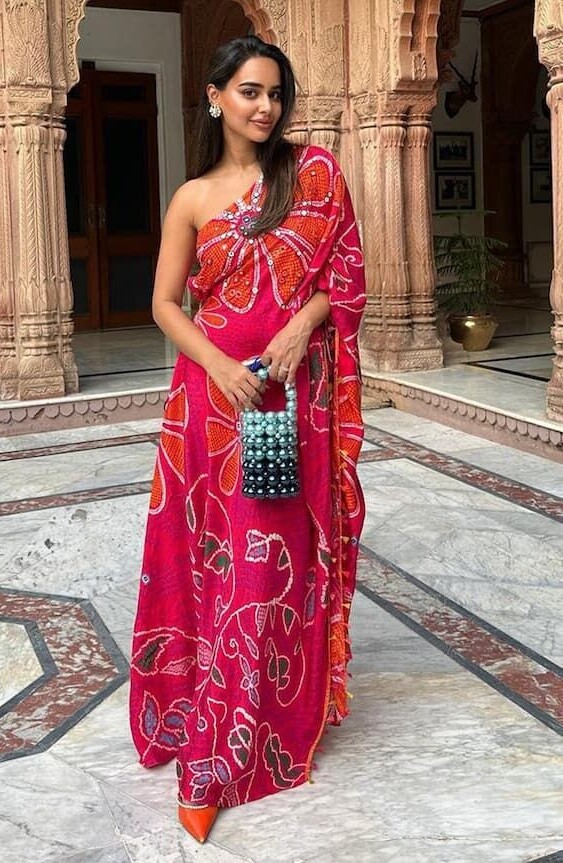
1. Pre-Colonial Era: Craftsmanship and Cultural Diversity
- Ancient Foundations: South Asia has always been renowned for its intricate textile arts. Fabrics like muslin from Bengal, silks from Banaras, and cottons from Gujarat were not only locally cherished but also sought-after exports to ancient Greece, Rome, and Egypt.
- Regional Styles: Each region had unique attire and embroidery styles, like Rajasthan’s vibrant Bandhani (tie-dye) or Lucknow’s delicate Chikankari embroidery. These techniques were meticulously crafted by artisans and celebrated across various classes.
- Traditional Attire: Clothing, like sarees, lehengas, and dhotis, served as both cultural symbols and daily wear, reflecting climate, region, and occasion. Richly embroidered fabrics were reserved for royalty, while simpler cotton versions were more common for daily wear.
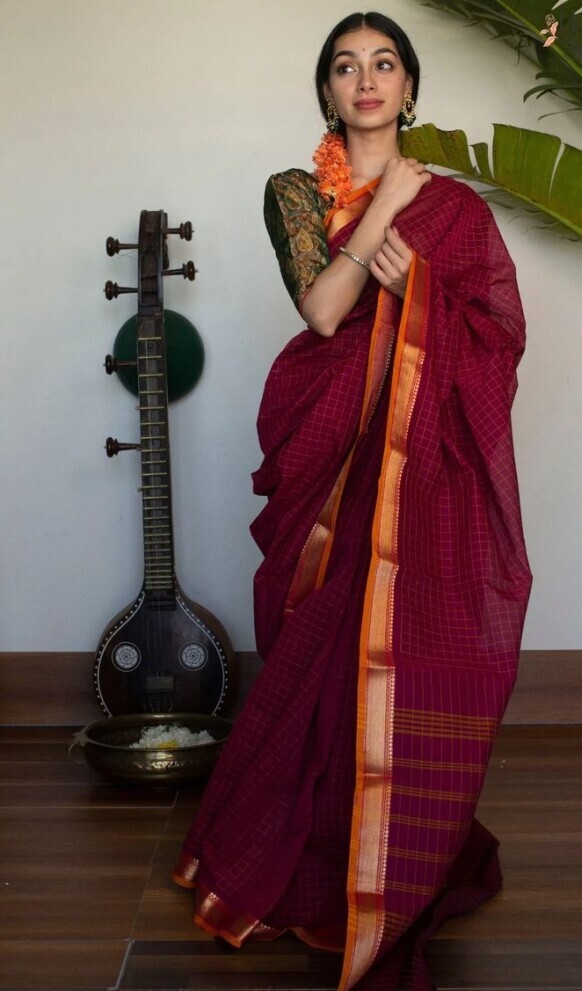
2. Colonial Influence and Western Integration (18th-20th Century)
- Blending of Styles: British colonial rule brought Western fabrics and tailoring to South Asia, which led to a blending of British and Indian styles. Indian royals began wearing British-inspired suits and dresses while adding Indian motifs, fabrics, and cuts.
- Rise of Fusion: This period marked the beginning of fusion fashion, especially among the elite. Traditional attire like the saree was worn with European-style blouses and accessories, creating an Indo-European hybrid that became a staple.
- Impact on Textiles: With colonialism came industrialization, which impacted the production of traditional handwoven fabrics. Machine-made textiles became more common, but traditional handicrafts persisted in certain regions as symbols of cultural pride.

3. Post-Independence Reawakening (1940s-1970s)
- Celebration of Heritage: The independence movements across South Asia led to a resurgence of interest in traditional clothing as an assertion of cultural identity. Figures like Mahatma Gandhi advocated for Khadi (hand-spun cotton) as a symbol of self-reliance and pride.
- Bollywood’s Influence: During the ’60s and ’70s, Bollywood emerged as a powerful force in shaping fashion trends. Actresses like Mumtaz and Zeenat Aman made sarees, salwar kameez, and kurtas fashionable, with their styles becoming aspirational for many.
- Emergence of New Trends: The period saw a rise in the use of vibrant colors, metallic embroideries, and new silhouettes. Designs became more accessible to the masses, and Bollywood-inspired fashion soon became an industry of its own.

4. Globalization and Experimentation (1980s-2000s)
- The Western Wave: The influx of Western fashion brands into South Asia sparked a wave of experimentation. Jeans, skirts, and dresses became increasingly popular, and many began mixing these with traditional outfits, creating Indo-Western styles.
- Influence of Designers: Designers like Manish Malhotra, Sabyasachi Mukherjee, and Ritu Kumar began experimenting with silhouettes, fabrics, and colors, bringing South Asian fashion to international runways. They helped modernize traditional attire, blending Western cuts with South Asian embellishments.
- Fusion Fashion’s Popularity: Anarkalis and kurtas paired with jeans became common, as did sarees with crop tops and palazzos. This was the beginning of Indo-Western fusion, which allowed younger generations to explore their heritage in a way that felt contemporary.
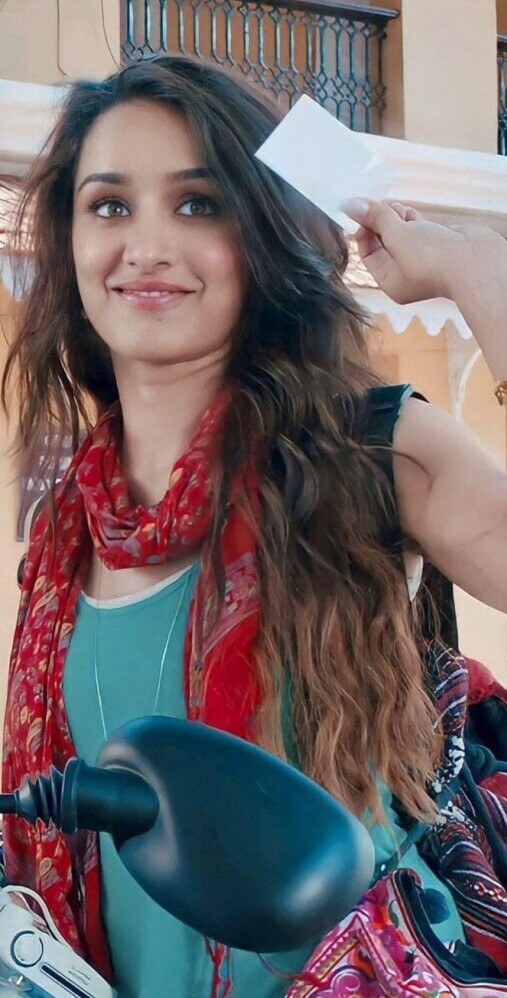
5. The Digital Era and Global South Asian Fashion (2010s-Present)
- Rise of Social Media: Platforms like Instagram and YouTube have helped South Asian fashion influencers, designers, and brands showcase their work globally. This digital exposure has allowed traditional garments to gain international appeal.
- Influence of the South Asian Diaspora: The South Asian diaspora has played a significant role in popularizing South Asian fashion worldwide. Celebrities like Priyanka Chopra, Mindy Kaling, and Hasan Minhaj often highlight South Asian attire, bringing visibility and prestige to these traditional styles.
- Modern Silhouettes and Sustainability: Today’s South Asian fashion is heavily influenced by sustainability and slow fashion. Designers are reintroducing handloom and eco-friendly fabrics, valuing the craftsmanship of artisanal textiles. The demand for heirloom quality has also increased, with younger generations appreciating vintage sarees, handcrafted lehengas, and sustainable designs.

6. Contemporary South Asian Fashion: Tradition Meets Innovation
- Heritage with a Modern Twist: Contemporary designers are reimagining traditional clothing by experimenting with colors, fabrics, and cuts. For example, sarees are now styled with belts, lehengas with jackets, and kurtas with trousers, blending the best of both worlds.
- Unisex and Gender-Neutral Styles: South Asian fashion is also embracing gender inclusivity. Designers like Masaba Gupta and Sabyasachi have introduced collections that transcend traditional gender norms, creating clothing that is versatile and non-conformist.
- The Role of E-commerce: South Asian e-commerce platforms like Pernia’s Pop-Up Shop, Nykaa Fashion, and AJIO are making designer wear accessible to a global audience. This digital shift has allowed traditional styles to be easily accessible and encourages the discovery of regional designers.
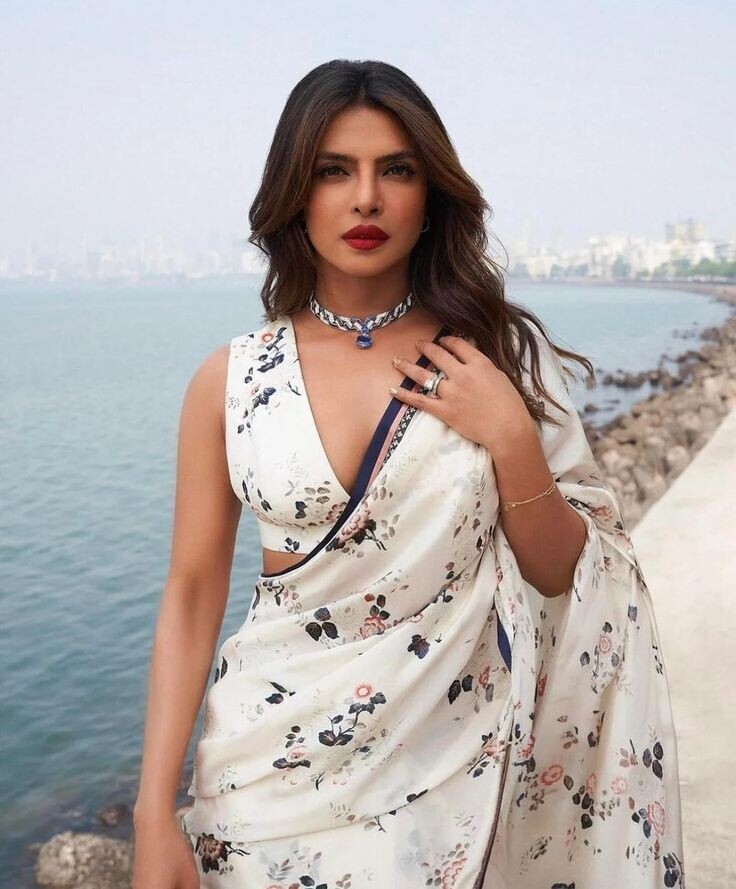
7. Key Trends and Innovations Today
- Minimalism and Pastels: While South Asian fashion has historically been vibrant, minimalism is becoming increasingly popular, especially with younger audiences. Soft pastels, muted tones, and lighter fabrics are taking the spotlight.
- Sustainable and Ethical Fashion: The focus on sustainability has grown significantly. Organic cotton, recycled fabrics, and eco-friendly dyes are becoming more common. Designers are creating fashion with longevity in mind, encouraging customers to invest in pieces that last.
- Customization and Personalization: Today’s fashion is about self-expression, and designers now offer bespoke options, allowing clients to add personal touches to their outfits. This trend has been especially popular for bridal wear, where custom embroidery, family heirloom fabric integration, and unique color combinations are in high demand.
- Indo-Western Bridal Fashion: South Asian bridal fashion has evolved into a fascinating blend of tradition and modernity. Brides are opting for unconventional colors like ivory, blush, and lavender over traditional reds and maroons. Additionally, lighter, easy-to-carry lehengas and hybrid gowns with Indian embroidery are popular among modern brides.

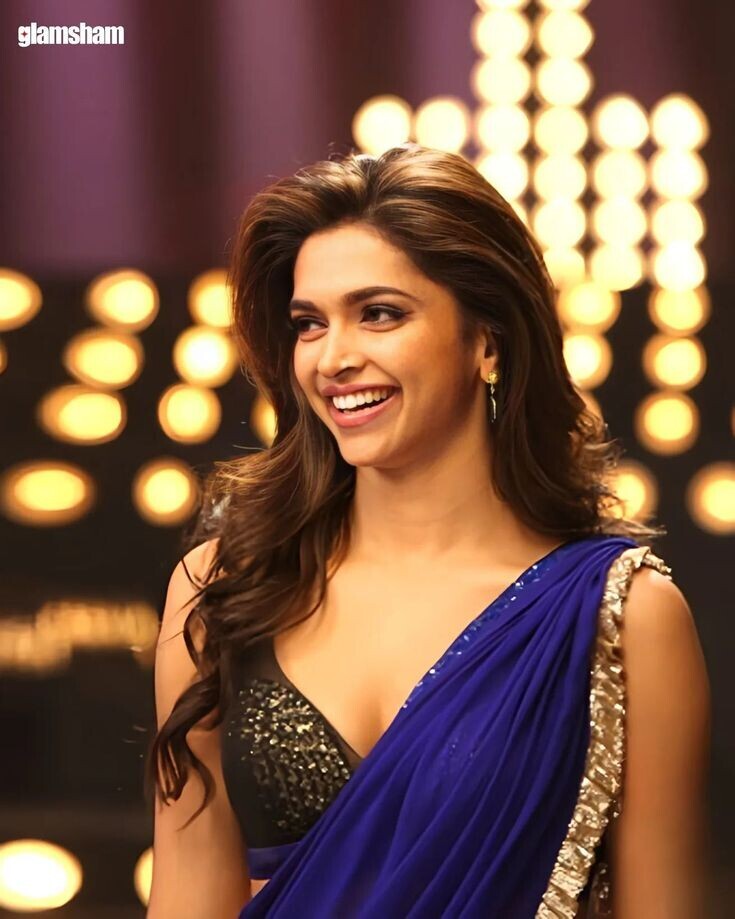
8. South Asian Fashion’s Impact on Global Trends
- Cultural Influence on Runways: International designers frequently draw inspiration from South Asia’s rich textile heritage. Designers like Naeem Khan, Bibhu Mohapatra, and Prabal Gurung showcase South Asian-inspired pieces, bringing a touch of the culture to high fashion.
- Bollywood’s Ongoing Influence: South Asian cinema continues to be a powerful influence on fashion trends. Iconic Bollywood moments, from Deepika Padukone in “Yeh Jawaani Hai Deewani” to Alia Bhatt in “Raazi,” set style trends that inspire audiences worldwide.
- Acceptance of Modesty Fashion: South Asia’s sartorial heritage, which often includes modest fashion, has resonated with the broader global audience, particularly in the rise of modest fashion as a niche within the global fashion industry.
Final Thoughts
The evolution of South Asian fashion is a testament to the resilience of tradition and the spirit of innovation. From regal pre-colonial attire to the blend of Indo-Western styles today, South Asian fashion remains vibrant, diverse, and forward-thinking. This evolution is not only about preserving heritage but also about adapting it to a modern context, allowing people from all backgrounds to find connection and inspiration in its beauty and craftsmanship.
No Responses